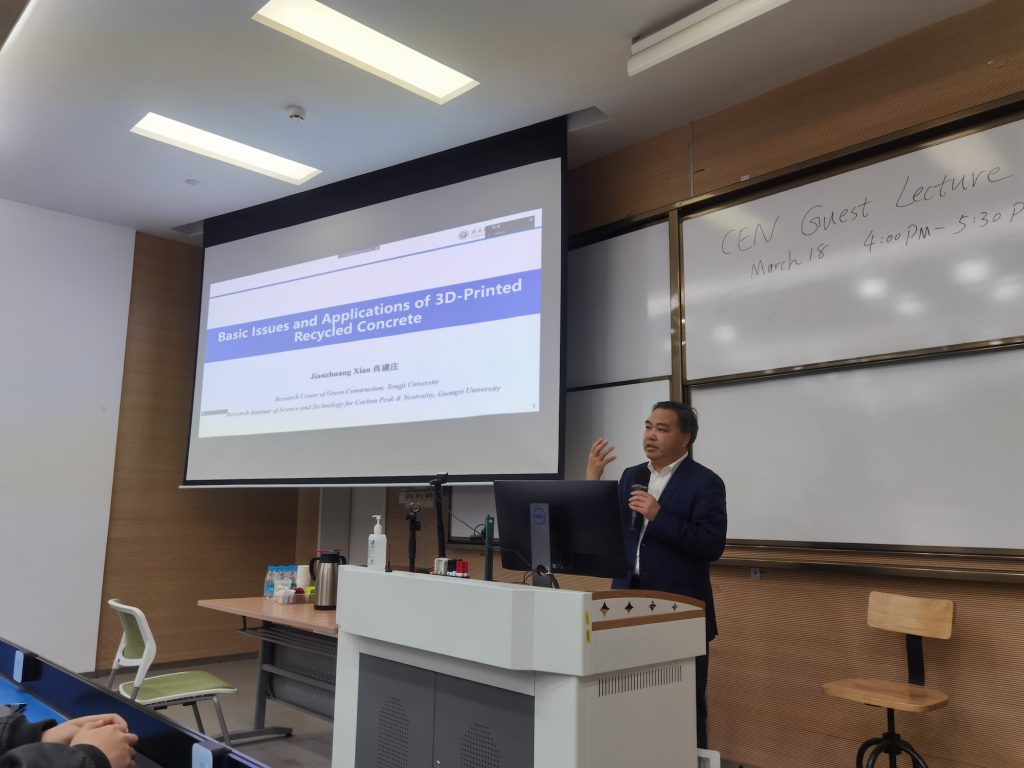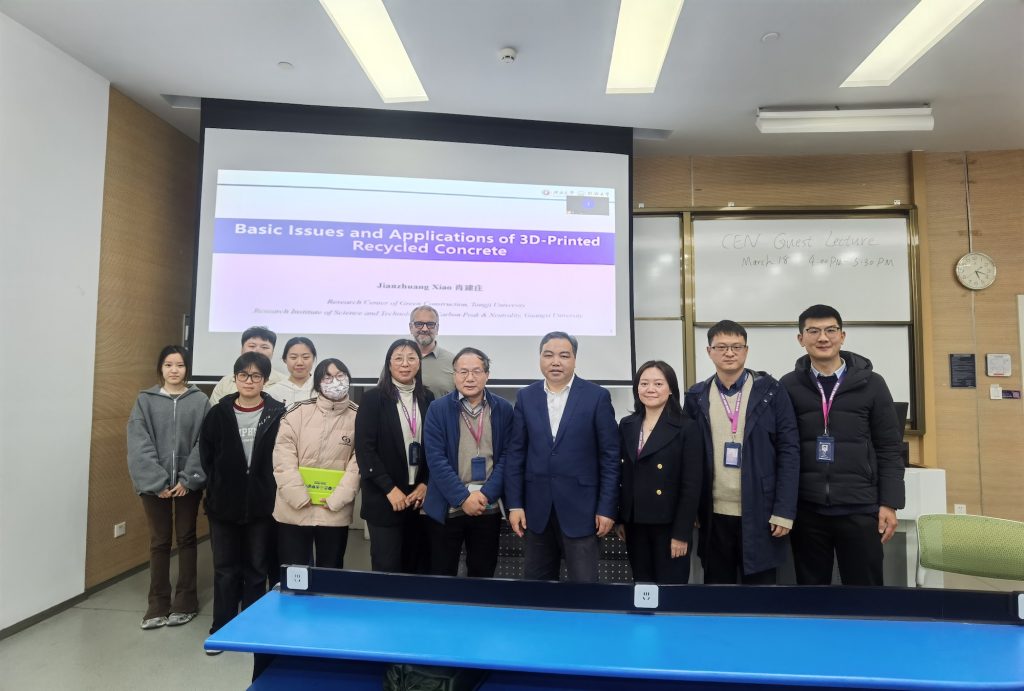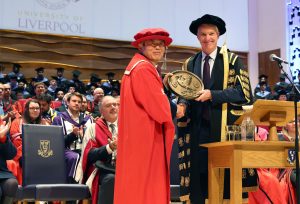28 Mar 2024
On March 18, the Department of Civil Engineering at Xi'an Jiaotong-Liverpool University invited Professor Jianzhuang Xiao from the Research Institute of Science and Technology for Carbon Peak & Neutrality of the Guangxi University to deliver a public lecture, during which he combined the effect of adding different materials on 3D-printed concrete technology, and exchanged valuable insights with the teachers and students present
The lecture was joined by a total of over 40 people including academic staff and students from undergraduate, postgraduate, and PhD levels, as well as online attendees.

A professor at Tongji University, Professor Xiao is also the director of the Green Building Research Center at Tongji University, and vice president of Guangxi University. He has been engaging in long-term research and industrial innovation on the recycling of construction solid waste and the basic theory and key technologies of recycled concrete, 3D printing of recycled concrete, and carbon reduction in concrete structures.
According to Professor Xiao, resource and environmental issues are becoming more prominent along with the development.
“Recycling is a scientific way to alleviate resource scarcity and waste pollution, but currently, there is low level of automation in the construction industry. Therefore, 3D concrete printing construction technology is needed to solve the problem,” he said.

Professor Xiao said that 3D concrete printing technology has achieved several engineering applications around the world, and that there has been recent research on the 3D printing of recycled powders, sands, and coarse aggregates.
He explained: “The research results show that the incorporation of recycled powder can enhance the low carbon property of 3D printed concrete.
“The high water absorption of recycled fine aggregates can enhance the buildability of the ink, which can be scientifically regulated to reduce its negative impact on the shrinkage performance of the ink.
“The use of recycled coarse aggregates enhances 3DPC printability and optimises performance through the application of admixtures, and nozzle scrapers to achieve mechanical properties that meet engineering applications.”
By Wenyi Hou
Edited by Yi Qian
Photos courtesy of Department of Civil Engineering
28 Mar 2024







